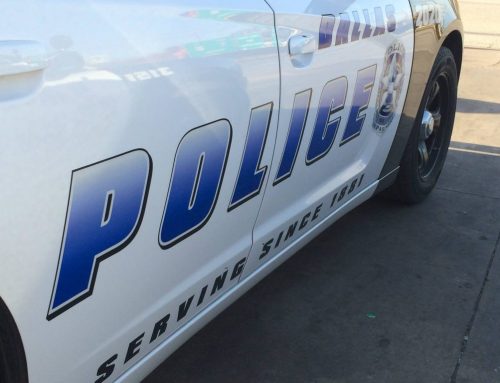A funny thing happened in Dallas during the past couple of months: The mainstream news media discovered that the City and its suburbs had a crime problem.
When Dallas police broke up a home invasion gang that preyed primarily on North Dallas residents, the news was one of the top stories on each of the four TV news programs.
When a youth gang in Richardson killed a high school student at a football game, Dallas’ Only Daily Newspaper used almost as many resources to cover the event as it normally does for Cowboys’ games.
Even the Dallas Observer, which traditionally confines itself to filling the space around its sex ads, sported a recent cover story on crime.
All of this would be funny if it wasn’t so pathetic.
Dallas’ crime problem, as those of us who live in East Dallas know, is nothing new. It is as much a part of the City as 100-degree days in July and August. The gang problems in Richardson, for instance, are of little consolation to Hollywood Heights residents – who have been trying, in relative obscurity, to keep gangs out of their neighborhood.
We have been hollering about crime for years, but the political and cultural elite who run the City have rarely paid much attention to us. That’s one reason why we received a storefront police station with a couple of bicycle cops while staid, quiet Lake Highlands got the state-of-the-art regional substation. Crime has always been considered an inner-city problem, and Dallas has always cared little about its inner city. It was always easier to build north than to worry about us.
But this kind of rationalization may finally have ended, replaced by a realization that we are all in this together.
For years, the northern part of the City and its suburbs considered themselves above crime. Anything more than a bike theft was something that residents of Preston Hollow and Plano, with their alarm systems and rent-a-cops, didn’t have to concern themselves with.
But the violence of the past couple of months seems to have convinced the governing elite that crime pays little attention to geography, class, income or politics.
If we’re going to solve Dallas’ crime problem, we have to solve the crime problem in all of Dallas and its suburbs. The solution, so often practiced in the past, of trying to confine crime to the inner city – East Dallas, Oak Lawn, Oak Cliff, Fair Park and West Dallas – is as out of date as hoop skirts.
Criminals have discovered that they can go north on Central Expressway just as easily as they can go south.
Nothing illustrates this change better than the attitudes of Mayor Steve Bartlett and Councilman Glenn Box. In the past couple of years, Bartlett and Box have paid as much attention to this part of town as I have to real estate prices in Addison.
But in the wake of the recent crime news, both men have said they will try to raise money to establish more police storefronts in high-crime areas – in other words, everywhere in Dallas.
We have an opportunity, thanks to this realization, to begin solving a problem that has been ignored for entirely too long. It will not be easy to solve the problem, for there are as many approaches to it as there are people to disagree about which is the best approach.
But this time, at least, the disagreement will not be over whether the problem exists.
Too many people, in too many parts of the metropolitan area, have suffered for us to ever argue about that again.





